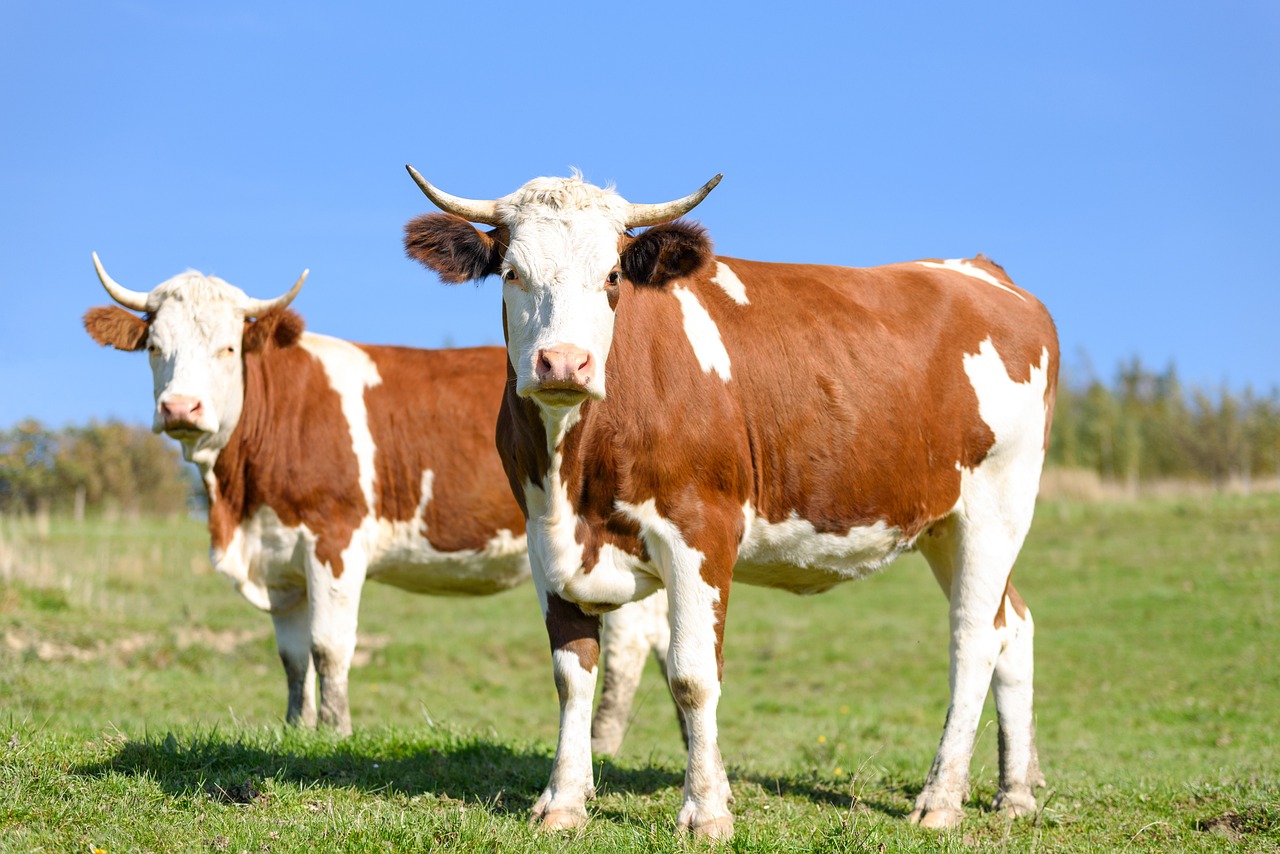
The US beef industry is set for another year of strong market performance, driven by tight cattle supplies and strong consumer demand. As the beef cowherd stabilizes after years of contraction, supply constraints give cattle producers more leverage in the market.
What are the cattle insiders telling us about upcoming prices?
Weather, particularly the ongoing La Niña effects, will significantly impact grazing availability and cattle prices, with the drought expected to worsen in the Western US and other regions. Despite economic challenges, such as lingering inflation, the US economy is projected to grow 2-2.5% in 2025, supporting consumer spending (2/3s of the GDP) and demand. An essential economic number to watch will be the employment number. If unemployment creeps higher, this may lead to less income to support demand for higher-priced beef.
Viewing Live Cattle Insider sentiment

Source: CME Group Exchange
The recent disaggregated commitment of traders report for the live cattle commercial traders was released on February 28, 2025, for the reporting period of February 18 – 25. This report shows that live cattle producers have been selling (red bars) as prices (yellow line) have risen in the recent price rally. The table reflects the positions of the producers currently as net short, 164K more short positions than long. And below that, we can see what their positions were at the same time last year, and again, they were net short. Keep this in mind as we review the upcoming seasonal sell window.
Seasonal Pattern

Source: Moore Research Center, Inc. (MRCI)
MRCI research has identified a 15-year seasonal pattern (black line) of live cattle prices peaking in February and declining into May. In the recent paragraph, I emphasized that the commercial producers aggressively sold live cattle futures during the rally. At the same time last year, they sold into a rally, which led to a price decline in May. Commercial traders are the smart money in the commodity markets. Following them is like knowing what the “insiders” are doing.

Source: Barchart
Another interesting seasonal table from Barchart shows the average price gain per month for the past 15 years. The 2025 peak came closer to February, resulting in a red month compared to the 15-year average of a positive month. Historically, March and April have been down months in the live cattle market, confirming MRCI research and the current sentiment of the live cattle market insiders.
As a crucial reminder, while seasonal patterns can provide valuable insights, they should not be the basis for trading decisions. Traders must consider other technical and fundamental indicators, risk management strategies, and market conditions to make well-informed and balanced trading choices.
Technical Picture

Source: Barchart
After prices peaked in late January, the market returned to test previous resistance, which now became support. Initially, cattle prices reacted positively to the support level, but on the subsequent retest, the support was broken on heavy volume, usually a bearish sign for prices.
Will prices continue into the May seasonal lows when demand for grilling red meats returns? Time will tell, but the insiders are bearish, a significant seasonal sell pattern is present, and the trend is down on the daily chart.
Ways to participate in Live Cattle trading
Futures traders could trade the standard-size contract (LE).
In closing….
The insights from industry insiders, historical seasonal patterns, and technical chart signals provide a compelling case for cautious optimism and strategic decision-making. Commercial traders, often considered the “smart money,” have taken net short positions, aligning with a well-established seasonal tendency for cattle prices to peak in February and decline into May. The technical breakdown of key support levels on heavy volume further reinforces the possibility of a short-term price correction. While strong consumer demand and tight cattle supplies provide long-term support, market participants should be mindful of these signals when planning their next moves.
Understanding the interplay between insider sentiment, seasonal price trends, and technical indicators can be a game-changer for those navigating the cattle market. While no single factor dictates market direction, aligning multiple signals can offer a clearer picture of potential price movements. As grilling season approaches, demand may provide support, but traders should remain vigilant and prepared for volatility.
Producers and traders can make more informed decisions by paying close attention to insider positioning, historical trends, and technical price action, staying ahead of market shifts rather than reacting to them.







